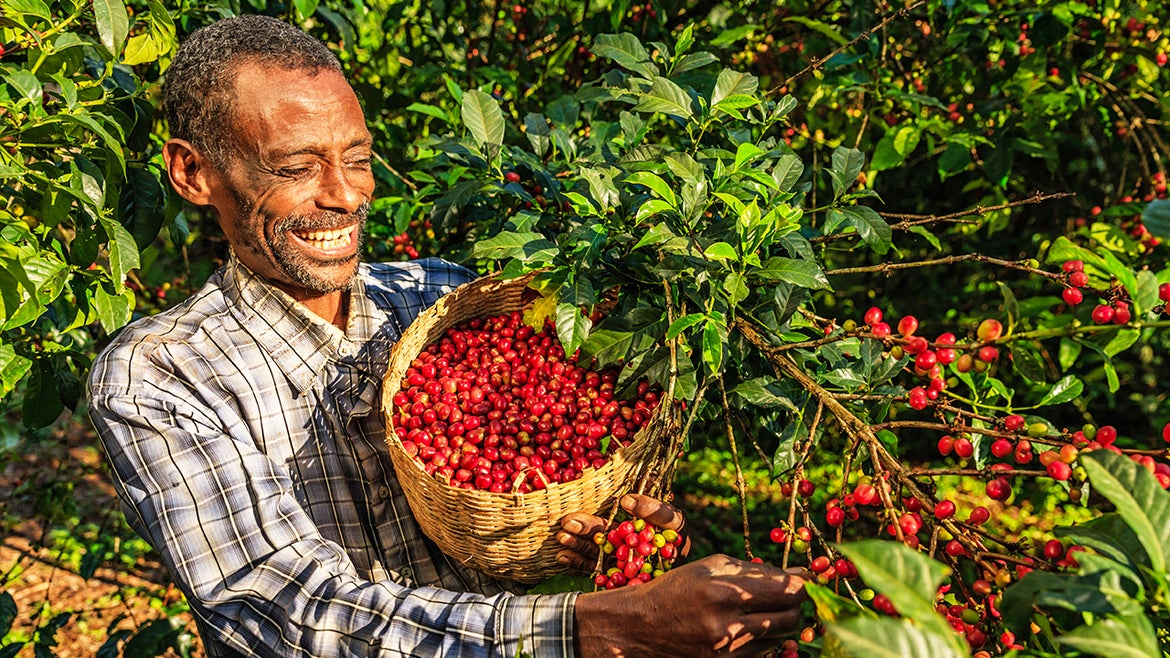A new study found that coffee beans are extremely vulnerable to environmental changes associated with climate change, including increased temperature, increased carbon dioxide in the atmosphere and sporadic rainfall.
If you’re particular about the taste of coffee, you might want to pay closer attention to climate change. A new study found that the quality of coffee, including its taste and aroma, is influenced by shifts in the environment, and as its growing conditions become negatively impacted by climate change, so does its taste.
Researchers from Tufts University and Montana State University found that coffee beans grown in cooler temperatures – or, higher altitudes – and low lighting leads to the best tasting cup of coffee.
According to the study, coffee farms located at higher altitudes with cooler temperatures allow for “slower ripening, prolonged fruit-fill, and higher accumulation of flavor.”
Researchers also found that “decreased shade below 45% was associated with brewed coffee that was bitter, grassy, astringent, and lacking aroma,” but “an increase in shade from 37 to 61% in coffee production systems resulted in improved body of brewed coffee,” according to the study.
In order to come up with the data, researchers looked into climate change’s impact on the quality of coffee by pinpointing certain sensory attributes – including color, that coffee drinkers associate with a better cup of coffee, and analyzing how it is influenced by environmental changes associated with climate change, including increased temperature, increased carbon dioxide in the atmosphere and sporadic rainfall.
But researchers found that a bad-tasting cup of coffee had much deeper implications. “A subpar cup of coffee has economic implications as well as sensory ones. Factors that influence coffee production have great impacts on buyers’ interest, the price of coffee, and ultimately the livelihoods of the farmers who grow it,” said economist Sean Cash, with Tufts University, according to a statement. “Climate change impacts on crops are already causing economic and political disruption in many parts of the world.”
Most of the world’s coffee is grown on what is known as “The Bean Belt,” or, at specific points along the equator, according to the National Coffee Association of U.S.A. The area consists of more than 50 countries, many of them developing nations like Guatemala, Ethiopia, the Ivory Coast and Indonesia.






